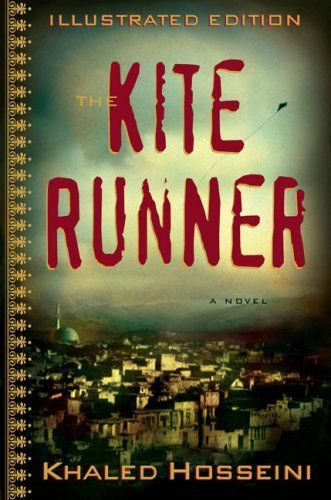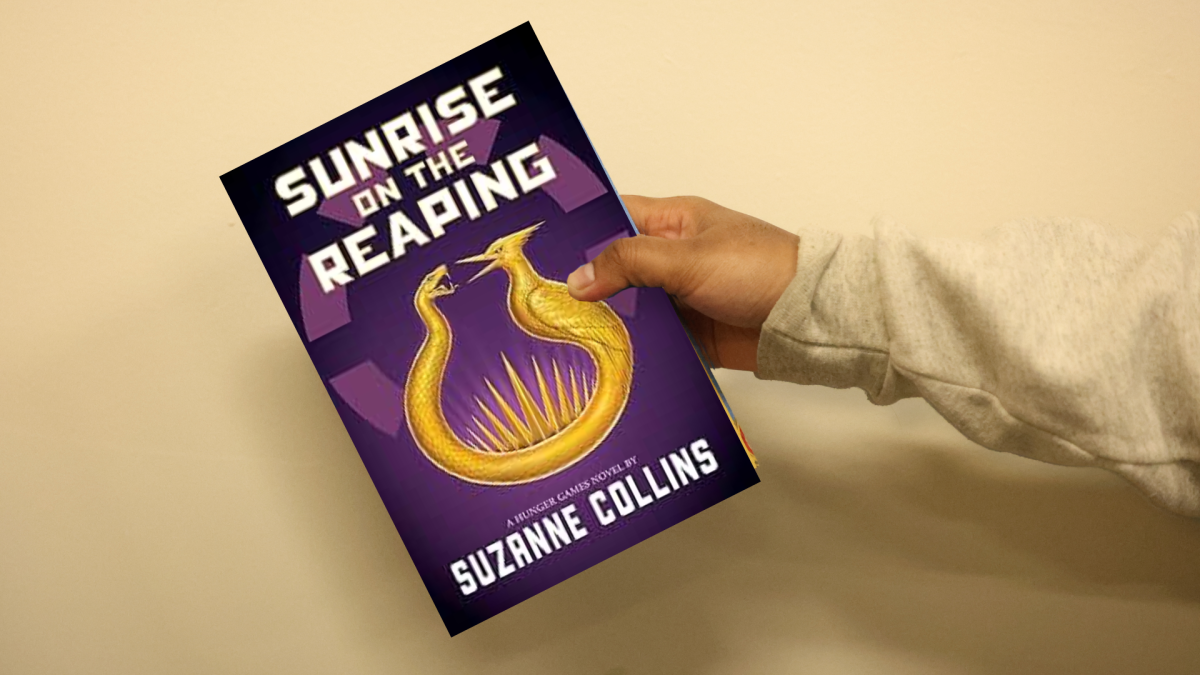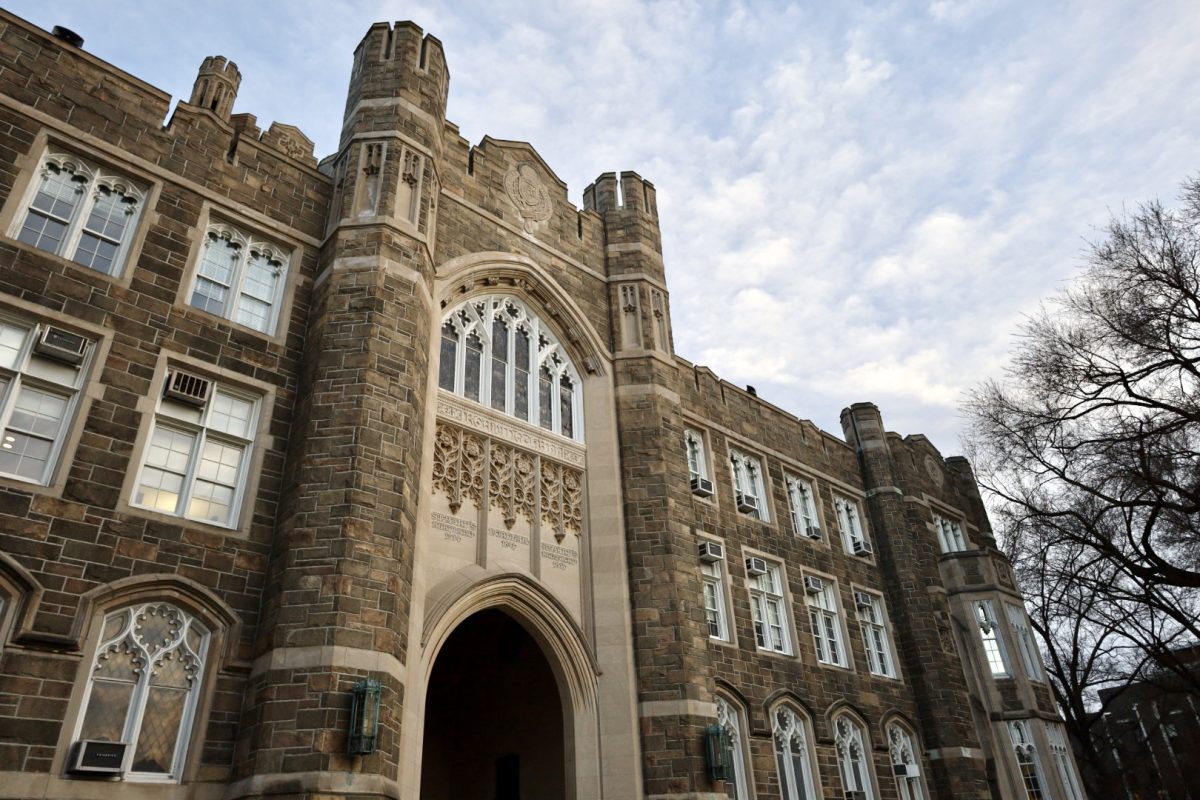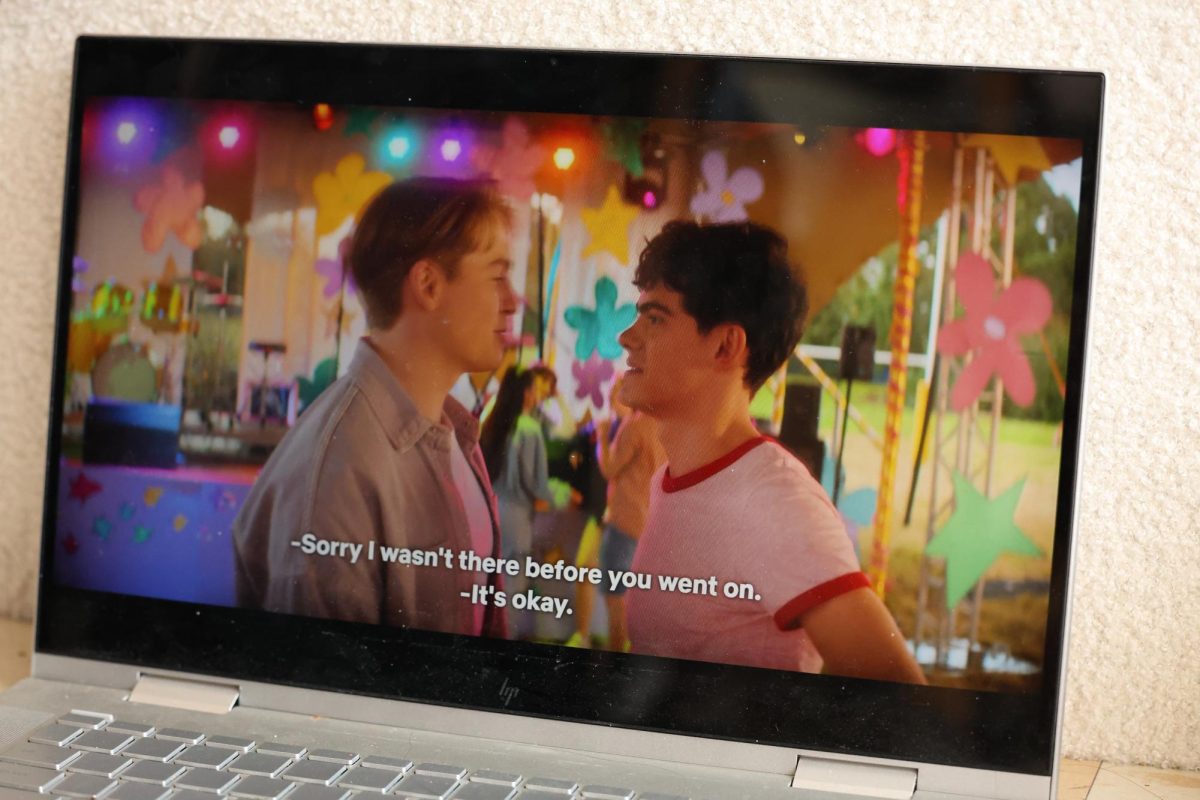
By Richard Bordelon
“For you, a thousand times over.” I still remember this line that Hassan says to Amir in The Kite Runner as he goes off to “run” the final kite that Amir defeats in a competition.
When I first stepped foot in my English class in my sophomore year of high school, I expected that we would be reading the traditional standards of American literature: The Great Gatsby, Farewell to Arms, The Scarlet Letter, etc. When I saw the book list initially, I was surprised to see The Kite Runner. This book, as unconventional as it might be to have in an American literature class, is still my favorite.
The book, written by Khaled Hosseini, an Afgan-born American novelist, chronicles the story of Amir, a well-off boy living in Kabul, Afghanistan, and his friend Hassan, who is the son of Ali, the manservant of Amir’s father.
Amir and Hassan build a relationship and enjoy flying kites together; Hassan serves as Amir’s “kite runner,” who retrieves the kites that Amir takes down in kite fights. Hassan is one of the best kite runners, and knows where the kite is going to land without watching it.
Hassan comes into conflict with the local bully, Assef, and has a traumatic experience in which Amir fails either to defend or to help him. The quest to make up for this inaction consumes Amir, and he spends the rest of this life trying to make up for it, battling himself and the Taliban to do so.
What makes this book an incredible read is Hosseini’s ability to weave themes and stories together to create a patchwork image of the lessons we learn throughout our lives. As a teenager, when I read this, I identified with Amir. Although he lived worlds away in a country that is often depicted in the media as the hotbed of international terrorism, something was inherently relatable about Amir shines throughout the book.
Amir confronts issues of race and discrimination because Hassan is a Hazara, an ethnic minority within Afghanistan. In addition, the relationship between Amir’s father, Baba, and Amir is less than perfect, and Amir tries his best throughout the story to strengthen this relationship. These themes make the story particularly interesting for teenage readers, who seek a protagonist whose experiences mirror some of the issues that the readers face in their everyday lives.
Hosseini also finds ways to interweave fiction and history to create a highly suspenseful dramatic narrative. His inclusion of the 1979 Soviet invasion of Afghanistan and the rise of the Taliban makes it even easier for the audience to create a mental picture of his words and identify with the story.
In the end, The Kite Runner reminds us of the importance of our actions and inactions, and that if we fail, as Rahim Khan, one of Amir’s father’s advisors, tells Amir, “There is a way to be good again.”
Richard Bordelon is Opinion Editor at The Fordham Ram.











































































































































































































